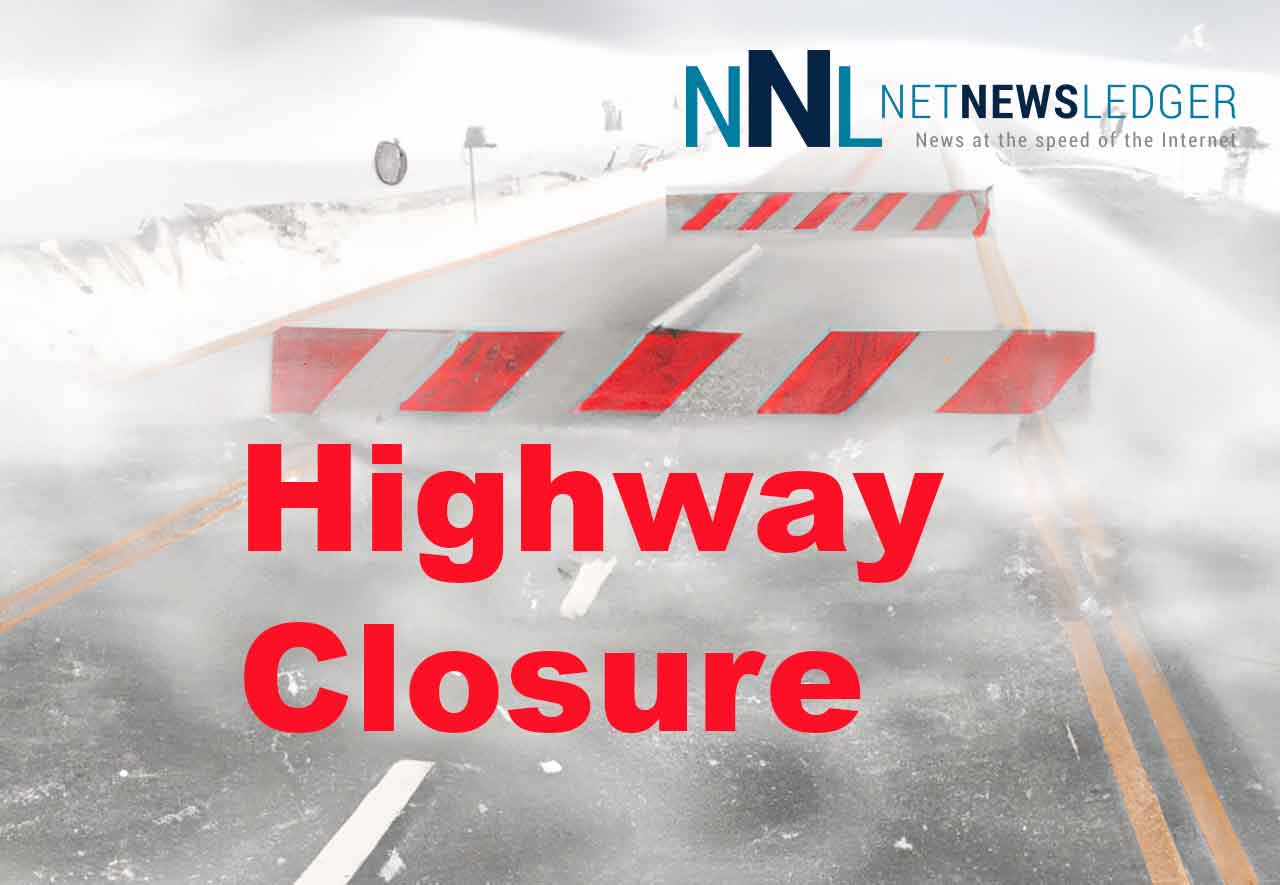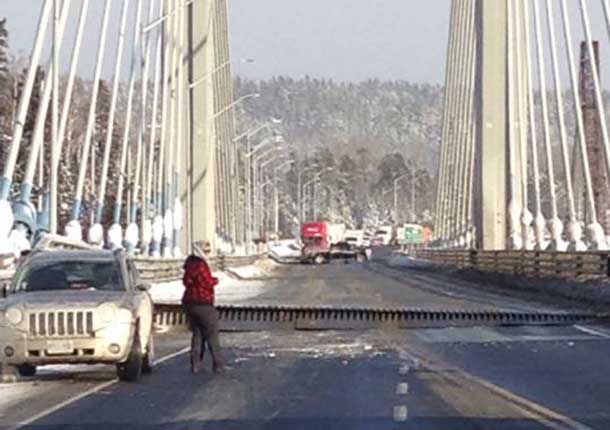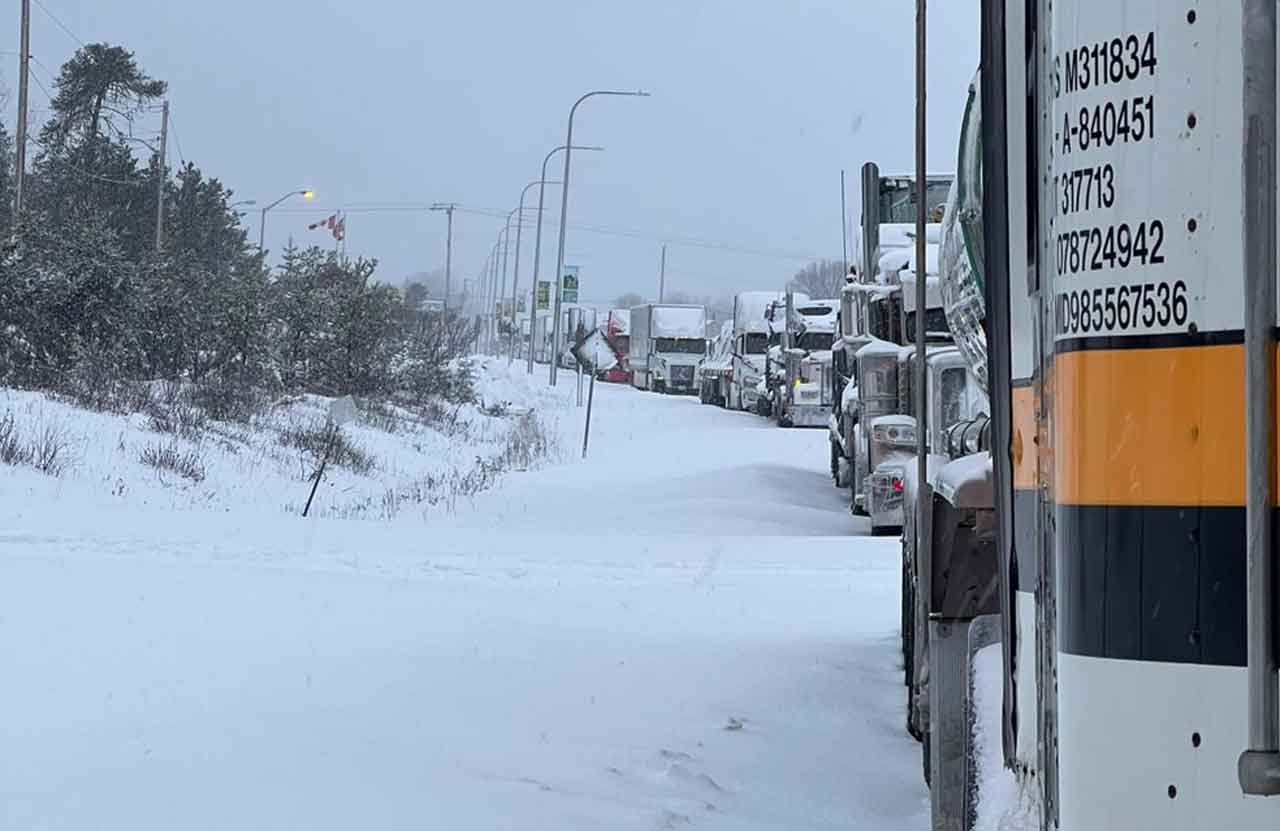Addressing the Weak Link in National Infrastructure
THUNDER BAY – EDITORIAL – Canada’s vast and diverse geography necessitates a robust and efficient transportation network to connect its provinces and territories. However, the Trans-Canada Highway, particularly in Northern Ontario, has been identified as a significant weak link in this national infrastructure. Here we will explore the challenges posed by this crucial segment of the highway and examines the broader implications for inter-provincial trade and national cohesion, and more importantly discuss solutions.
Across Manitoba, Saskatchewan, Alberta and Southern Ontario, the Trans-Canada Highway is twinned, there are separate lanes running east and west, and connections in-between.
A collision on a twinned national highway does not shut down traffic for days.
This process is what a national strategy on transportation needs as a long-term solution.
The Importance of the Trans-Canada Highway
The Trans-Canada Highway is a vital artery that spans over 7,800 kilometers from the Pacific coast in British Columbia to the Atlantic coast in Newfoundland and Labrador. It facilitates the movement of goods and people across the country, supporting economic activity and regional connectivity.
The highway is especially critical for the transportation of essential commodities, including food, fuel, and raw materials, thereby underpinning Canada’s economic stability.

The Northern Ontario Challenge
Northern Ontario presents unique challenges for the Trans-Canada Highway. The region’s rugged terrain, harsh weather conditions, and vast distances make road maintenance and infrastructure development particularly demanding. The highway in this area is often subject to closures and delays due to snowstorms, flooding, and accidents, disrupting the flow of traffic and goods.
A closure on places like Highway 17 in the Nipigon region, like when the Nipigon Bridge was closed several years ago basically cut Canada in half.

The same holds true at Shabaqua Corners where this notorious stretch of highway has seen many closures as well.

These interruptions not only inconvenience travellers but also have significant economic repercussions.
Honestly for Canada to move forward facing the Trump tariff threats, it is time for a national Trans-Canada Highway Twinning plan. Adding passing lanes along Highways 11 and 17 in Northern Ontario isn’t enough.
The closure caused by collisions, especially the ones involving transport trucks are costing lives, and costing a lot of money.
Economic Implications
The economic implications of this weak link in the national infrastructure are far-reaching. Delays and disruptions on the Trans-Canada Highway hinder the efficient movement of goods, leading to increased transportation costs and reduced competitiveness for Canadian businesses. Small and medium-sized enterprises, which often operate on tight margins, are particularly vulnerable to these inefficiencies. Moreover, the reliability of supply chains is compromised, affecting industries ranging from manufacturing to agriculture.
Addressing the Issue
Recognizing the strategic importance of the Trans-Canada Highway, Canadian politicians need to be fully exploring measures to address the infrastructure challenges in Northern Ontario. One potential solution is to increase investment in road maintenance and expansion projects, ensuring that the highway can accommodate the growing volume of traffic and withstand the region’s harsh environmental conditions.
The real solution is having twinned highways for both Highway 11 and Highway 17.
It that expensive? It certainly is. However now with Canada facing a United States President who seems to overlook the hundred plus years of our friendship and undefended borders, the cost really pales when contrasted to our national security and economy.
Lowering Inter-Provincial Trade Barriers
In addition to infrastructure improvements, lowering inter-provincial trade barriers is another strategy being considered. By streamlining regulations and reducing red tape, policymakers aim to facilitate smoother and more efficient trade between provinces. This approach acknowledges that while infrastructure upgrades are crucial, regulatory harmonization can also play a significant role in enhancing the overall efficiency of the national transportation network.
Conclusion
The Trans-Canada Highway in Northern Ontario represents a critical point of vulnerability in Canada’s national infrastructure. Addressing the challenges posed by this segment of the highway is essential for ensuring the efficient movement of goods and people, supporting economic growth, and maintaining national cohesion. By investing in infrastructure improvements and lowering inter-provincial trade barriers, Canada can strengthen its transportation network and better meet the needs of its diverse regions. The time to act is now, as the future prosperity of the nation depends on a robust and resilient transportation system.







